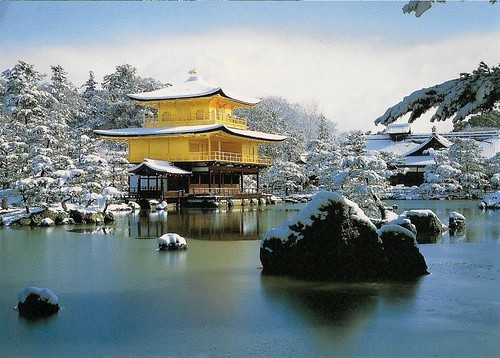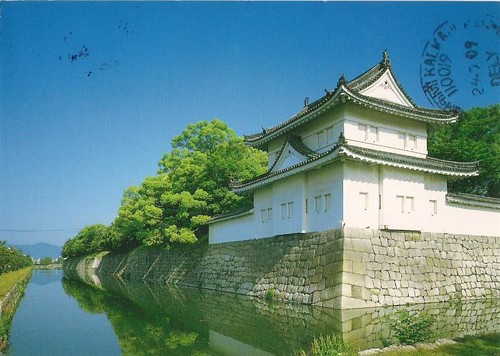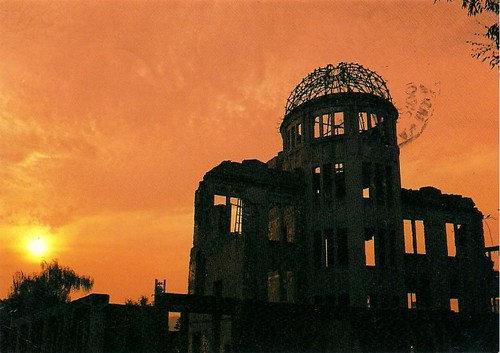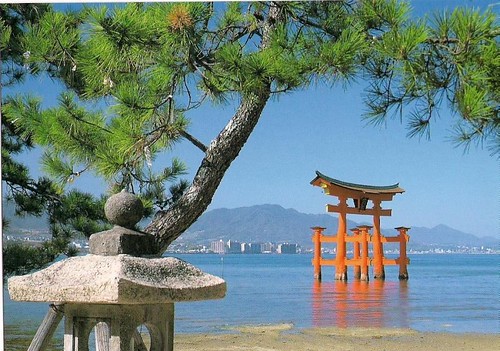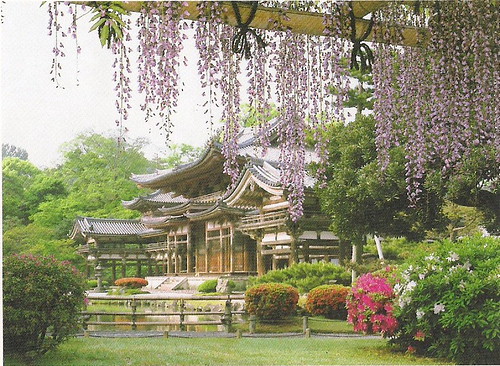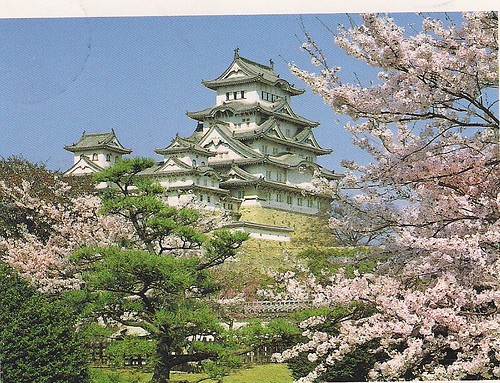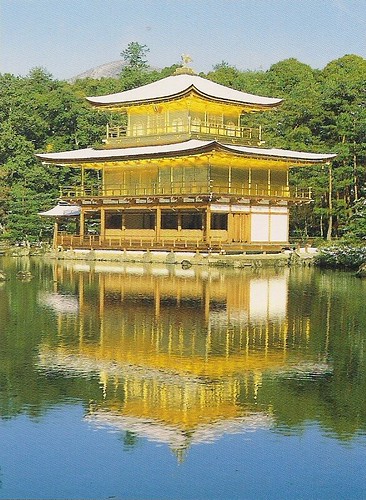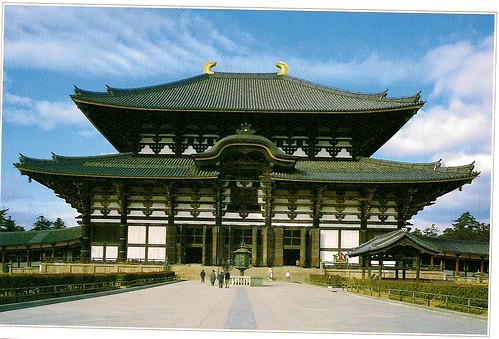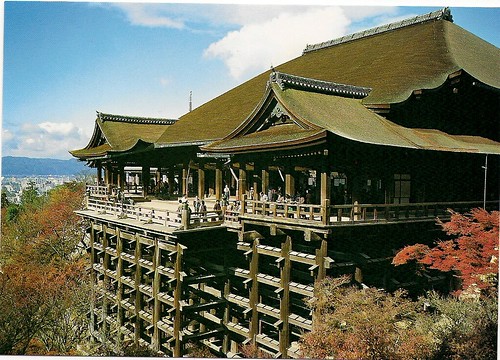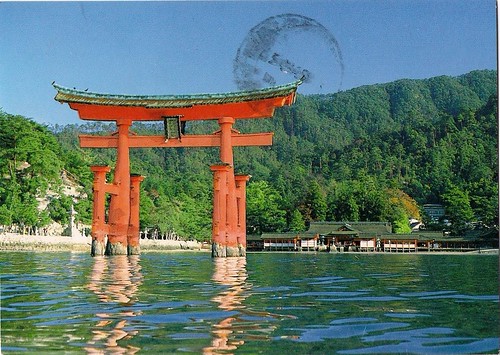Hōryū-ji Temple in Spring, Japan
Hōryū-ji is a Buddhist temple in Ikaruga, Nara Prefecture, Japan. Its full name is Hōryū Gakumonji , or Learning Temple of the Flourishing Law, named as such because the site serves as a seminary as well as a monastery. The temple is widely acknowledged to have one of the oldest wooden buildings existing in the world, and is one of the most celebrated temples in Japan. In 1993, Hōryū-ji was inscribed together with Hokki-ji as a UNESCO World Heritage Site under the name Buddhist Monuments in the Hōryū-ji Area. The Japanese government lists several of its structures, sculptures and artifacts as National Treasures.
Read more...
